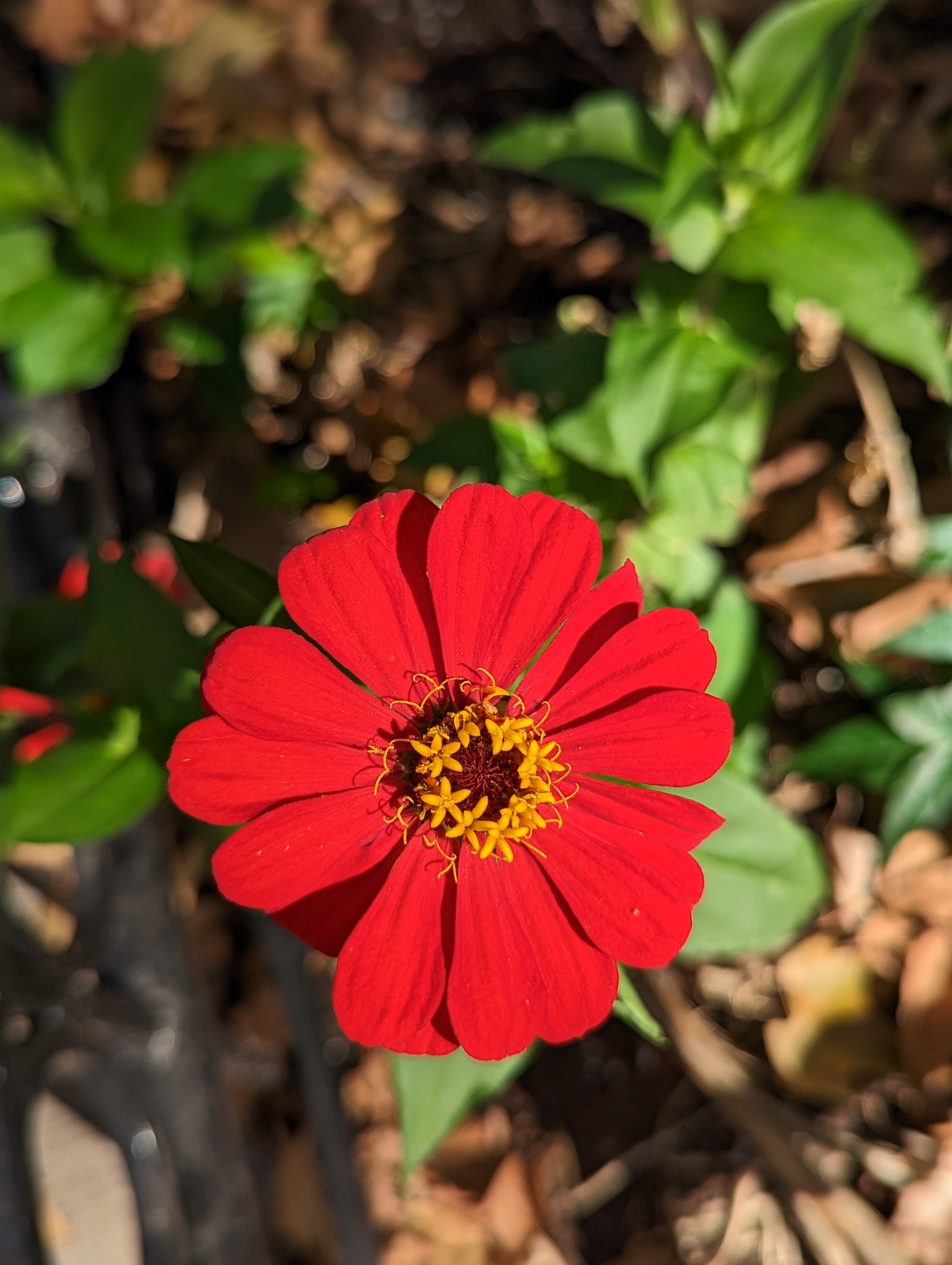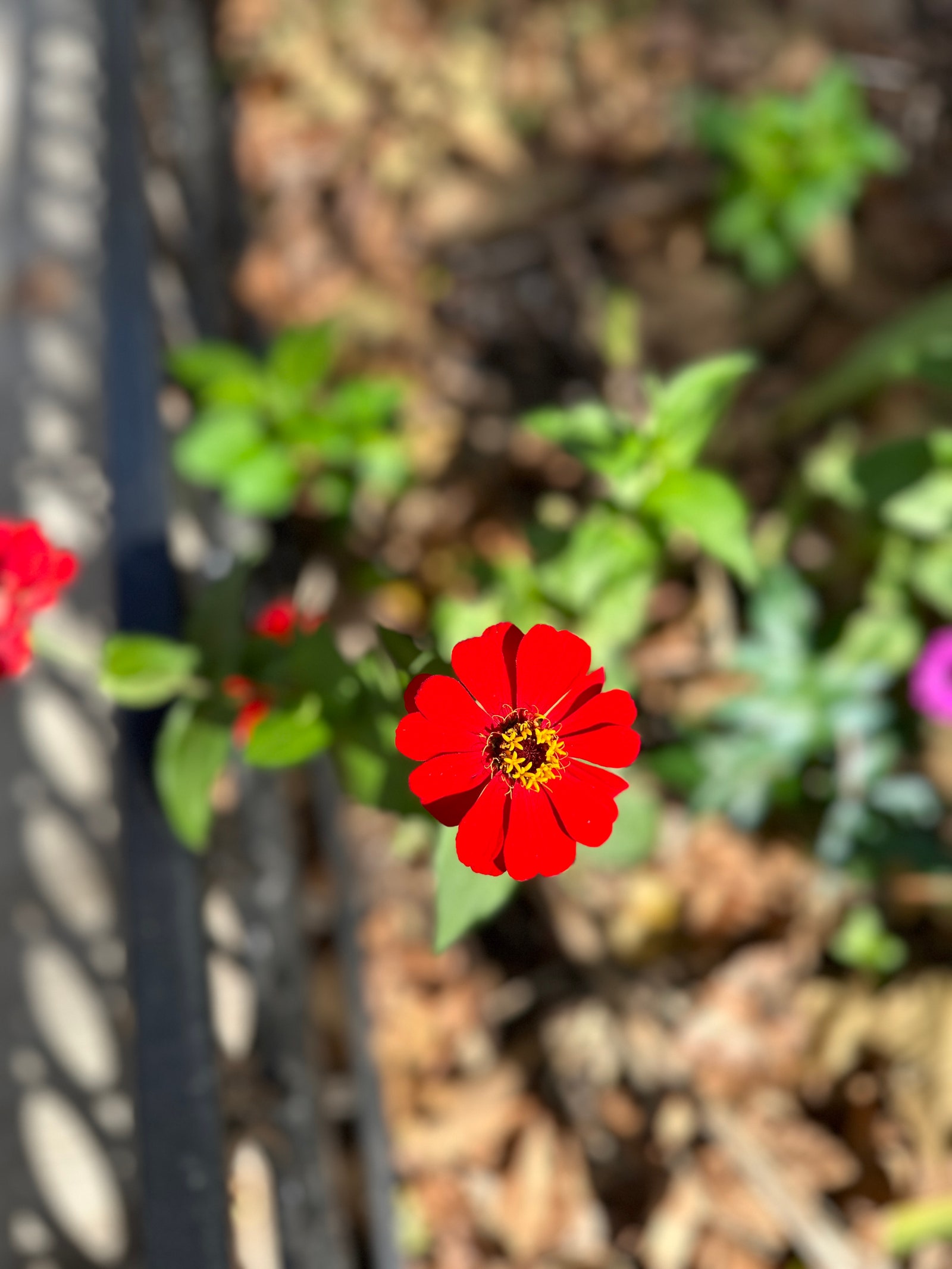I can list a lot of things that make a smartphone great, but one of the most important—especially these days—is price. Google's new Pixel 7 and Pixel 7 Pro look and feel better than their $599 and $899 prices suggest. Every time I have one in my hand, I feel like I've just stepped off the runway. Every time I use one, it feels like somebody put the smart back in smartphone. No need to shell out $1,000 to get a superior mobile experience. Heck, at $599, the Pixel 7 feels like a downright steal.
These Pixels aren't radically different from last year's Pixel 6 and Pixel 6 Pro. They've received a small cosmetic facelift that makes them look classy, with a metal camera band on the rear that's polished on the Pro and given a matte finish on the standard Pixel 7. I initially was disappointed there wasn't an eye-catching color like last year's Coral, but the Lemongrass Pixel 7 and Hazel Pixel 7 Pro have grown on me. They're unique and … did I mention they look luxe? They feel like a set of jewelry.
The Pixel 7 now has a smaller 6.3-inch AMOLED screen. It's a lovely size, and every part of the phone feels almost perfectly accessible in my hand. I'll take any size reduction we can get considering the Pixel 7 Pro's 6.7-inch screen still feels massive. Google did reduce just how much the edges of the Pixel 7 Pro's screen curve into its edges, which I appreciate. I'd still much prefer a completely flat screen like the one on the Pixel 7, but the change makes it feel nicer to use than the Pixel 6 Pro.
Screen brightness has always been a problem on Pixel phones. On sunny days, you usually had to squint to see anything. Google has upped the brightness a bit, but next to an iPhone 14 on a bright day, it's still relatively dim. At least both phones retain the 90- and 120-Hz screen refresh rate to make every interaction feel buttery smooth—a feature Apple gatekeeps for its $1,000-plus iPhones.
Battery-wise, the Pixel 7's 4,355-mAh cell has managed to last me roughly a full day with about six hours of screen-on time. If you're a heavy user, you may need to carry a battery pack. The Pixel 7 Pro's 5,000-mAh capacity gives you a bit more breathing room, usually lasting a day and a morning. As for charging speeds, it's nothing to write home about, but I still appreciate that both these devices have wireless charging. It's not too common on sub-$600 phones.




